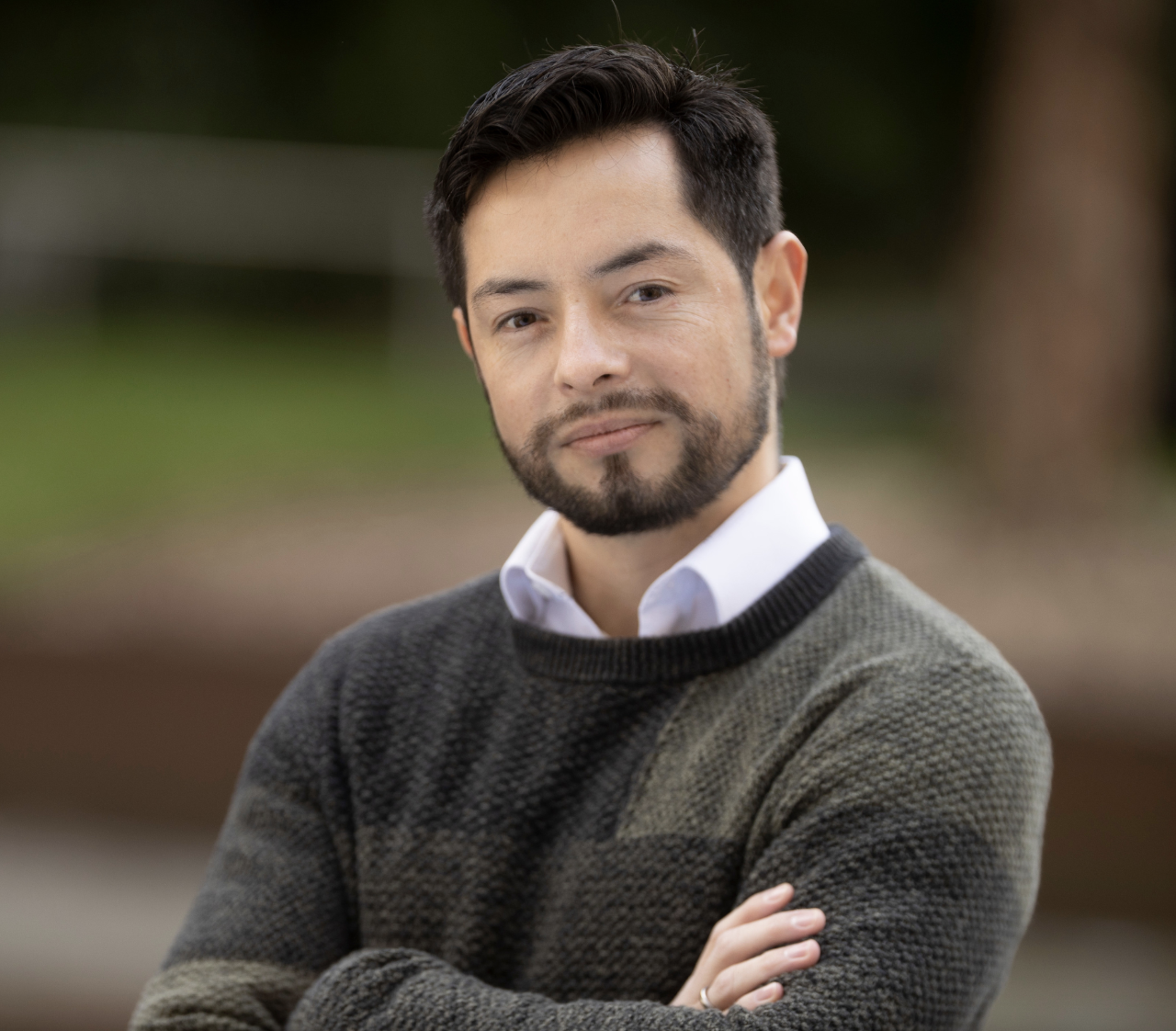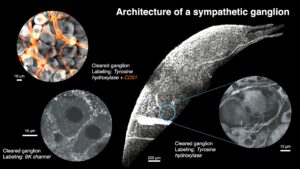
Oscar Vivas
Assistant Professor
Department of Pharmacology
Department of Physiology and Biophysics
School of Medicine
vivas@uw.edu
Department of Pharmacology – People
Department of Physiology and Biophysics – Vivas faculty page
What is your Research Focus?
- My research lies at the intersection of biophysics, cellular physiology, and neuroscience. My overarching scientific goal is to contribute to filling the gaps in our knowledge about how autonomic neurons are modulated and how their function deteriorates with age and under pathological conditions, with especial emphasis on the molecular properties underlying electrical excitability. The dysfunction of the autonomic nervous system is a recognized problem associated with a myriad of conditions. For example, conditions such as arrhythmias and hypertension are treated using drugs that target autonomic communication with the heart and the vasculature. Furthermore, a growing body of evidence has highlighted the relevance of autonomic symptoms in neurological diseases. Our current work studies the intrinsic function of autonomic neurons and their age-associated dysfunction and is supported by the American Federation of Aging Research through the Sagol Geromics Award for Junior Scientist, which I was honored to be the 2020 Recipient in its inaugural year.
- When I started my position as non-tenure tack faculty, my main research area centered on studying the mechanisms behind the clustering of BK channels and their co-clustering with specific subtypes of members of the L-type calcium channel family. In the first 2 years, I secured funding through an R35-Maximizing Research’s Investigator Award for Early Career Investigators from the NIH-NIGMS that will support the advancement of this research for the next 5 years. The main goal of this project is to identify the molecular mechanisms that mediate BK channel cluster formation and the macro-clustering with calcium channels. The proximity of BK channels to calcium channels is crucial for their operation; however, little is known about the mechanisms governing this channel-to-channel proximity. Moreover, our future research objectives in this area are to explore how clustering of BK channels contributes to autonomic function and how alterations in the clustering and co-clustering of BK channels relate to autonomic dysfunction.
- Our research program uniquely combines electrophysiology, quantitative fluorometry, super-resolution imaging, tissue clearing, high throughput proteomics, and single-cell RNA sequencing to study the function and dysfunction of autonomic neurons.

What opportunities at the UW excite you?
- Joining the center of excellence in Neurobiology of Addiction, Pain and Emotion (NAPE), the Healthy Aging and Longevity Research Institute (HALO), and the Nathan Shock center of excellence in the basic biology of aging.
- Participating in leadership development programs at the School of Medicine
- Participating in Success for Underrepresented Faculty (SURF) programs and joining the Latino Center for Health.